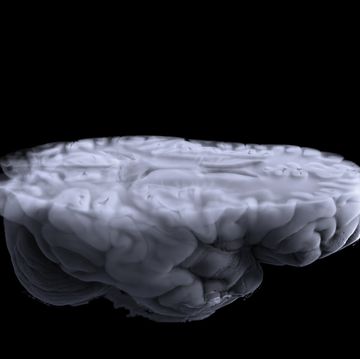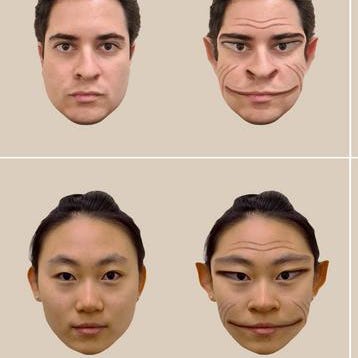A hit-and-run accident in 2006 left Rob Summers paralyzed from the chest down, shattering the college baseball player's Major League prospects. But his injury—and his athlete's dedication—made him the ideal candidate for a one-of-a-kind experiment led by a scientific dream team. UCLA researchers V. Reggie Edgerton and Yury Gerasimenko had been studying the effects of electrical stimulation on the spinal cord in animals for decades. To test their theories in a human, they teamed with Susan Harkema, rehabilitation director at the Kentucky Spinal Cord Injury Research Center, and Joel Burdick, a CalTech bioengineer.
After preparing Summers with two years of physical therapy, the scientists implanted an electrode array over his lumbosacral spine, enabling them to send pulses of electricity directly to his spinal cord. This epidural stimulation amplifies motor commands to the injured area. The team believes it also activates local circuits of the spinal cord that can produce movement but that are not directly controlled by the brain. The spinal cord is "smart, and it's plastic," Edgerton says. "That is, it can change. It can even learn motor tasks." The bursts of electricity, combined with the repetitious movement of the locomotor training, may awaken neural circuits that send impulses to specific body parts. "This can happen without any input from the brain," he says.
Summers, one of more than 1.3 million Americans who live with spinal cord injuries, recovered unprecedented voluntary movement for someone with complete paralysis. "The third day they turned it on, I stood independently after not moving anything in four years," he says. With stimulation, Summers can now bear his own weight for 4 to 25 minutes, move his toes, ankles, knees and hips on command and take a few steps on a treadmill. According to research published in The Lancet, he also resumed some bodily functions including the ability to sweat—which enabled him to work as a guest pitching coach at a baseball camp in Florida. "Prior to that, my body couldn't handle the heat," he says. While the scientists, who have approval for four more human subjects, are cautiously optimistic, researchers from the University of Zurich were less reserved in a commentary that appeared in the same issue of The Lancet: "We are entering a new era when the time has come for spinal-cord-injured patients to move."
>















